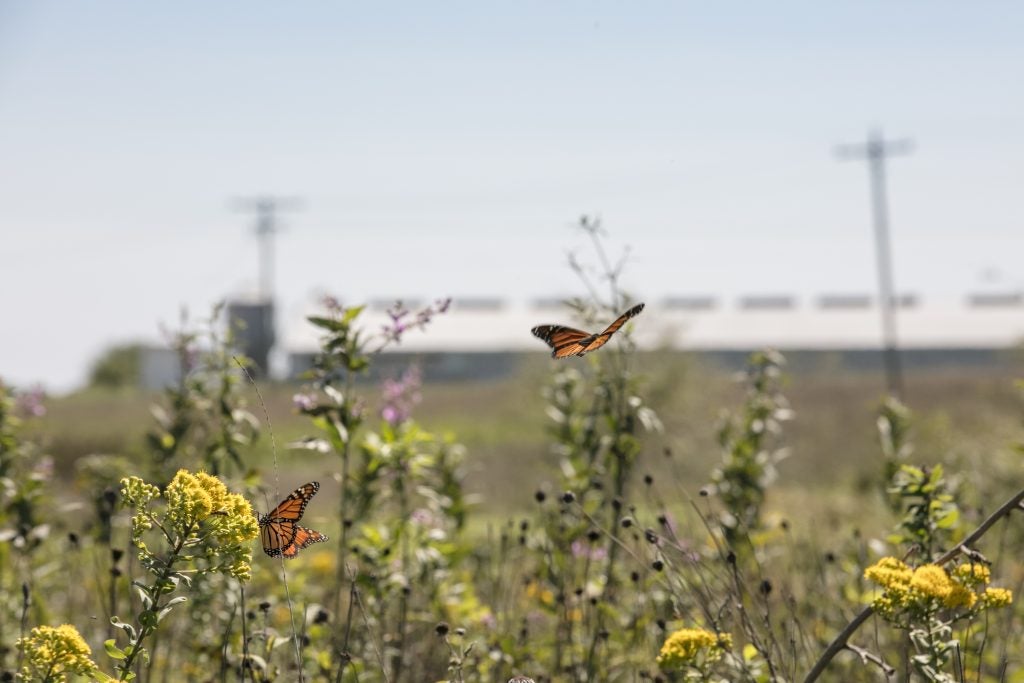Authors: Alison Eagle, Jocelyn Lavallee, Renske Hijbeek
Soil is one of our best allies in tackling climate change, but it’s also one of the most misunderstood. Myths about what soil can (and can’t) do still shape global debates. That’s why scientists from Environmental Defense Fund and Wageningen University dug into the data to bring clarity. Because sound science is the foundation of sound policy.
Why soil matters.
Healthy soils are essential for climate change mitigation and sustainable food production. But while improving soil carbon is part of the solution, it’s not a silver bullet. Real progress requires a whole food-system approach that balances production, consumption, and land use – while cutting emissions across agriculture and beyond.











 The White House Council on Environmental Quality (CEQ) recently released an intriguing report on how the United States can transition to a low-carbon economy by 2050 while continuing economic growth. The report gives a starring role in this job to agricultural lands.
The White House Council on Environmental Quality (CEQ) recently released an intriguing report on how the United States can transition to a low-carbon economy by 2050 while continuing economic growth. The report gives a starring role in this job to agricultural lands. The U.S. Department of Agriculture just published an important roadmap for America’s farmers and ranchers to measure their greenhouse gas emissions and evaluate opportunities for reducing them.
The U.S. Department of Agriculture just published an important roadmap for America’s farmers and ranchers to measure their greenhouse gas emissions and evaluate opportunities for reducing them.